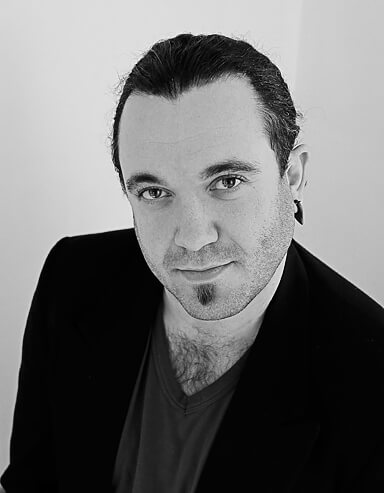David Vasilev was born in Stara Zagora, Bulgaria in 1981, where he spent his early years. Ever since he was a little kid, he was always surrounded by photojournalists, his dad being one of them. This had a great impact on his perception of the world, thus photography become a necessary tool for self-expression. After he moved to the United States he begun his extensive journey to find inspiration in the cultural contrasts of North America.
To observe is to spend more time looking through the lens than photographing. That is how I catch elusive moments of reality in a single frame.
Growing up in a culturally mixed neighborhood in Stara Zagora, Bulgaria, defined me as a person and as a photographer. I’ve captured the raw human spirit in people distanced from society—the joy and sadness they feel just by surviving, alongside the simplicity we lack.
I follow my instincts without looking back, which has led me to fascinating places. I’ve visited forgotten parts of the United States, time capsules filled with pure instinct and the most archaic traces of human nature still intact.
In one excursion I visited the Hutterites—a German-speaking colony located in the prairies of the Dakotas. I felt their sincere hospitality instantly, even when they couldn't understand why I was there to begin with or what photography even was. They maintained a humble existence that I wanted to preserve on film. With time, they got used to me being there, and my presence was gradually ignored. Only then did I witness and photograph their essence: the realness of their daily lives, creating a visual memory of this time and place.
I will never forget the children. One day a girl with curious eyes approached me quietly and asked, "Have you seen the ocean?"
David Vasilev
